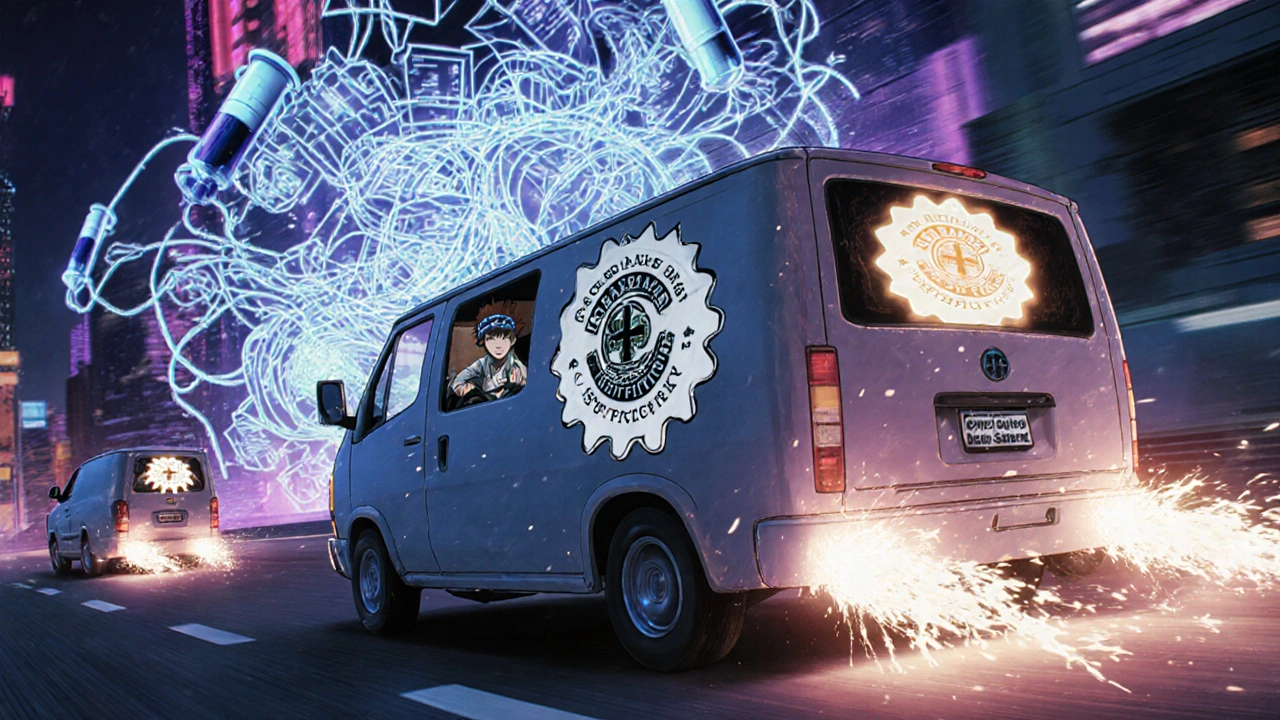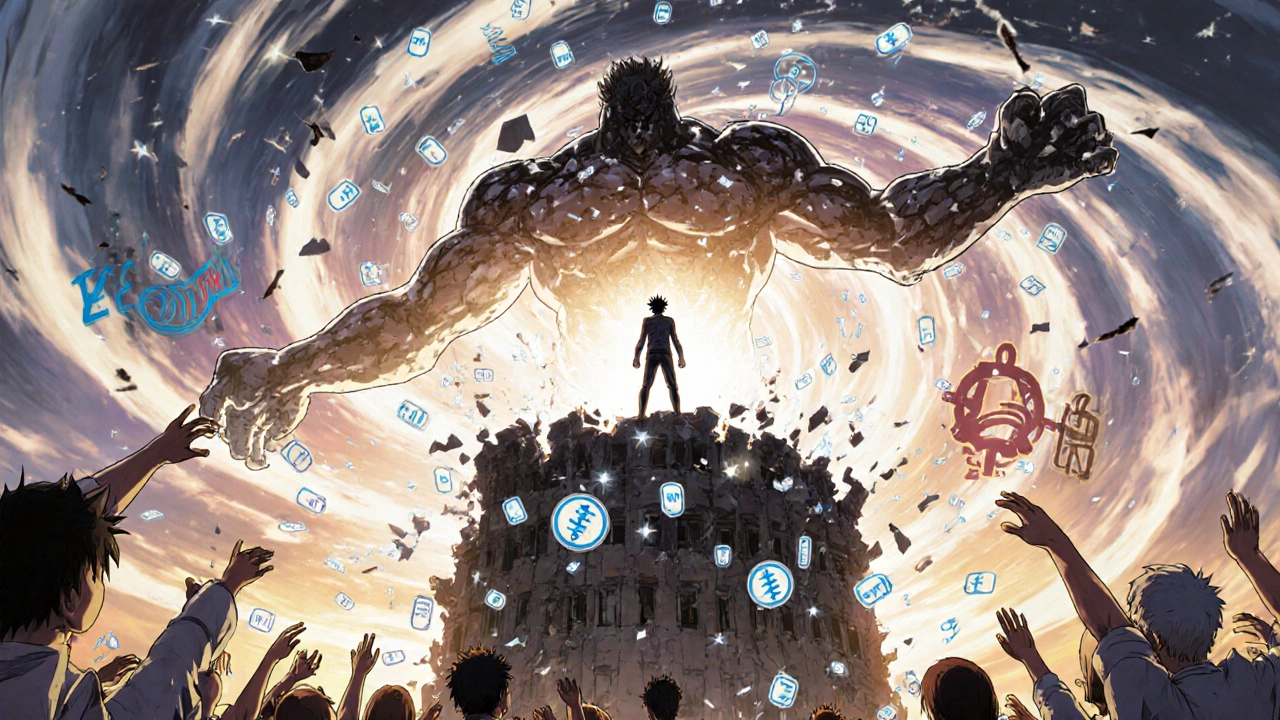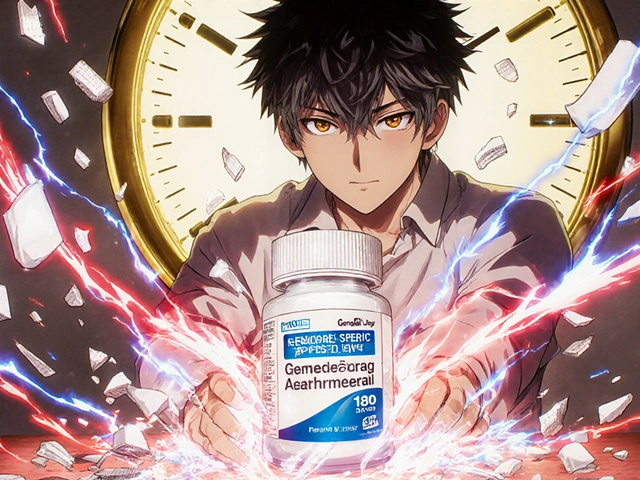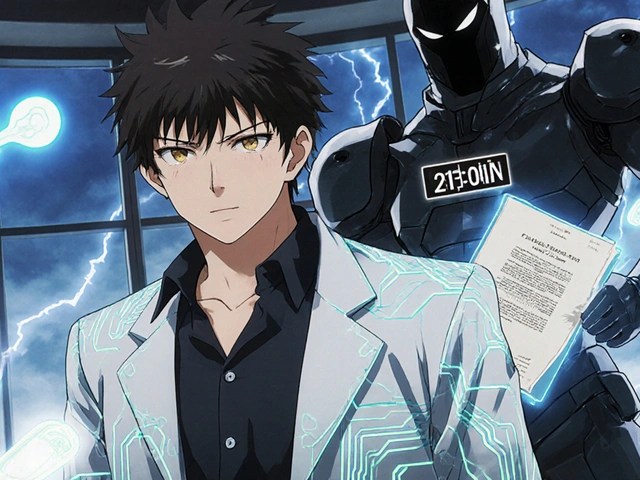How Patents Keep New Drugs Coming
Imagine a company spends $2.6 billion and 12 years developing a new cancer drug-only to have competitors copy it the day it hits the market. Without patents, that would be the norm. Patent law exists to prevent that. It gives drugmakers a legal monopoly for a limited time, so they can recover costs and fund the next breakthrough. This system isn’t perfect, but it’s the reason we have new treatments for HIV, diabetes, and rare diseases today.
The Hatch-Waxman Act: The Balance Between Innovation and Access
In 1984, Congress passed the Drug Price Competition and Patent Term Restoration Act, better known as the Hatch-Waxman Act. It was designed to fix a broken system. Before this law, brand-name drug companies could delay generic versions indefinitely by suing anyone who tried to make them. Generic manufacturers had no legal path to enter the market until after the patent expired.
Hatch-Waxman changed everything. It created a clear process: generic companies can now apply to the FDA to sell a copy of a branded drug before the patent runs out-but they have to prove it’s the same in every way. In return, the original drugmaker gets extra patent time to make up for the years lost during FDA review. This gave innovators a real incentive to invest, while giving generics a roadmap to compete.
How Long Do Patents Last? (And Why It’s Not 20 Years)
Legally, a pharmaceutical patent lasts 20 years from the day it’s filed. But here’s the catch: most drugs aren’t even sold until 8-10 years after that filing, because of clinical trials and regulatory reviews. So the real market exclusivity window? Usually 12 to 14 years.
That’s why the Hatch-Waxman Act lets companies apply for patent term extension. If a drug took five years to get FDA approval, the company can get up to five extra years of protection. The total can’t exceed 14 years of market exclusivity from the date the drug was approved. This isn’t a loophole-it’s a calculated trade-off. Without it, few companies would risk billions on drugs that take more than a decade to reach patients.
The Orange Book: The Public Record That Drives Generic Competition
The FDA’s Orange Book is the secret weapon behind generic drug entry. It’s a public list of all approved brand-name drugs and the patents tied to them. Generic makers check this list before they even start developing a copy. If they see a patent they believe is invalid or not infringed, they can file what’s called a Paragraph IV certification.
This is where things get tense. Filing a Paragraph IV notice means the generic company is challenging the patent. The brand company then has 45 days to sue for infringement. If they do, the FDA is legally required to delay approval of the generic for up to 30 months-no matter how weak the patent might be. This stay gives innovators breathing room, but it’s also a powerful tool to delay competition.

Why the First Generic Company Gets a Huge Advantage
Here’s one of the most important parts of the system: the first generic company to successfully challenge a patent gets 180 days of exclusivity. During that time, no other generic can enter the market. That’s a massive financial incentive.
Why? Because of state laws that require pharmacists to substitute generics when they’re available. That means the first generic gets nearly all the sales. In 2020, the first generic for a drug called Levitra captured over $800 million in sales during its 180-day window. That’s why companies spend millions on patent litigation-they’re not just fighting for access. They’re fighting for a payday.
What Happens When Patents Expire?
Once the exclusivity ends, prices drop fast. The first generic typically cuts the price by 70% within six months. By the time five generics are on the market, the price can fall by 90%.
Take Prozac. When Eli Lilly’s patent expired in 2001, its U.S. sales dropped from $2.4 billion a year to under $700 million. That’s a 70% loss in revenue. But patients saved billions. Today, generic fluoxetine costs less than $10 for a 30-day supply. Without patents, that drug might never have been developed in the first place.
Evergreening and Patent Thickets: The Dark Side of the System
Not all patent use is fair. Some companies file dozens of secondary patents on tiny changes-new pill coatings, different dosing schedules, or even packaging. These aren’t new inventions. They’re legal tricks to extend monopoly power.
The drug Humira is the poster child for this. It’s a biologic for rheumatoid arthritis. Even though its main patent expired in 2016, the manufacturer filed over 240 patents covering everything from injection devices to manufacturing methods. This created a patent thicket that delayed U.S. biosimilar entry until 2023. In Europe, where patent rules are stricter, biosimilars arrived in 2018.
The European Commission calls this abuse of dominance. The FTC calls it pay-for-delay when brand companies pay generics to stay off the market. In 2022, the FTC estimated these settlements cost U.S. consumers $3.5 billion a year.

What’s Changing? The CREATES Act and Inter Partes Reviews
Recent laws are trying to fix the worst abuses. The 2022 CREATES Act stops brand companies from refusing to sell samples of their drugs to generic makers-a tactic used to delay testing and approval. It’s a small change, but it removes one of the most frustrating roadblocks.
Another tool gaining traction is inter partes review (IPR). This lets generic companies go straight to the U.S. Patent Office to challenge a patent’s validity. It’s faster and cheaper than court. Since 2012, over 60% of pharmaceutical patents challenged through IPR have been partially or fully invalidated.
But there’s pushback. Brand companies argue IPR is too easy and undermines innovation. Courts are still deciding whether these reviews are constitutional. The outcome could reshape how generics challenge patents for decades.
Generics Save Billions-But Only If They Can Get In
Today, 91% of U.S. prescriptions are filled with generics. They cost 80-85% less than brand-name drugs. In 2022, they saved the system $373 billion. That’s more than the entire annual budget of the Department of Education.
But that savings only happens if generics can enter the market on time. Right now, the average time from patent expiration to generic launch is 3.6 years-up from 2.1 years in 2005. That’s because litigation is more complex, patents are thicker, and delays are more strategic.
The system still works-but it’s strained. The balance between innovation and access is delicate. Too much protection, and patients pay too much. Too little, and the next miracle drug never gets made.
Who Benefits? Who Pays?
Brand companies argue they need strong patents to fund R&D. PhRMA says the industry spends $83 billion a year on new drug development. That’s true. But that same industry also spends over $20 billion a year on marketing and legal fees.
Generic companies say they’re the reason drugs become affordable. The Association for Accessible Medicines says generics prevented $2.2 trillion in healthcare costs from 2010 to 2020. That’s also true.
The real winner? Patients. And the system that lets them win is the one that lets innovators take risks-and lets competitors challenge them fairly.



